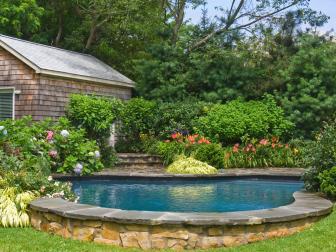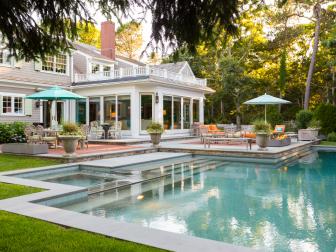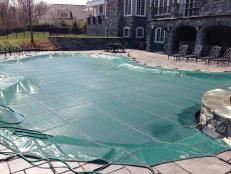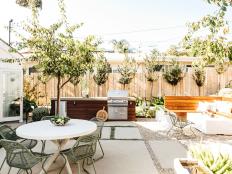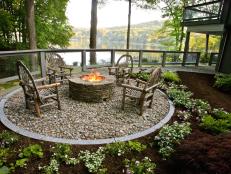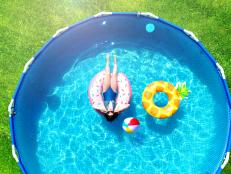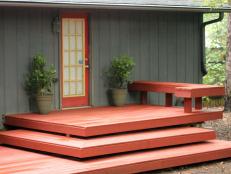What Happens if the pH Is Too High in a Pool?
Learn how to lower the pH in your swimming pool. Controlling the pH helps keep the water clear and your pool equipment running smoothly.
If you do your own pool maintenance, you have to be part janitor and part chemist. Keeping your pool water free of twigs and bugs is relatively easy, but keeping your pool water chemically balanced means testing the water frequently and knowing what to do if your pool’s pH needs adjustment.
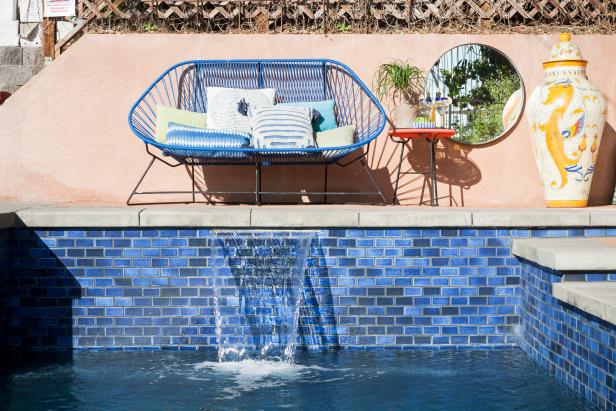
Faith Blakeney
One of the most frequent problems is when a pool’s pH gets too high. The pH is a measure of the water’s balance between acidity and alkalinity. If the pH isn’t properly balanced, problems can occur. Water pH ranges from 1 to 14. Lower numbers are more acidic, and higher numbers are more alkaline. Proper pool pH is right in the middle — pool pros recommend that the pH should be between 7.3 and 7.6 for optimum performance and the cleanest water.
If the pH gets higher than 7.8, the water is becoming too alkaline. When water is too alkaline, it reduces the effectiveness of chlorine — the pool chemical that kills pathogens. Water with a pH that’s too high also can cause skin rashes, cloudy water and scaling on pool equipment. Over time, scaling inside pipes can build up, restricting water flow and putting a strain on your pool circulation system that can lead to costly repairs.
Adjusting the alkalinity of pool water is an important first step for establishing a good chemical balance in your pool. Keep in mind that the higher the alkalinity, the more difficult it is to manage. If your pool starts to test for a high pH, a quick response can save you some hassles.
Swimming Pool Maintenance
Follow these tips for regular maintenance and for winterizing your pool.
Reducers to the Rescue
To bring down pH, use a made-for-pools chemical additive called pH reducer (or pH minus). The main active ingredients in pH reducers are either muriatic acid or sodium bisulfate (also called dry acid). Reducers are readily available at pool supply stores, home improvement centers and online.
Muriatic acid is powerful — it’s used to etch concrete — and you need to be careful when adding the chemical to your pool. It comes in liquid form, so you need to protect yourself from accidental spills and splashes. Always read and follow the manufacturer’s directions for safe handling, applying and storing of muriatic acid. A one-gallon bottle is about $45.
Sodium bisulfate comes as dry granules and is considered easier to add and safer to handle than muriatic acid. Nevertheless, it should be handled carefully. Protect eyes and skin, and wear a dust mask to avoid inhaling any dust from the granules. A 25-pound bucket costs about $50.
The correct amount of a pH reducer depends on the water volume of your pool and its current pH level. Reducers usually come with a guide that takes into account the variables and calculates the proper amounts of pH reducer to add to your pool.
Runaway Alkalinity
Occasionally, the pH level gets way too high. When that happens, regular pH reducers don’t work effectively and stronger chemicals, such as sulphuric acid or hydrochloric acid, are needed. These powerful acids require very careful handling, so consider hiring a professional to treat your pool water and bring down the high pH level.







